Depreciation Concepts — Maintaining Financial Records FA2
WHAT IS DEPRECIATION?
Depreciation is an accounting technique for spreading out the expense of a tangible or physical asset over the course of its useful life. It is the process of reducing the book value of a tangible fixed asset due to:
- Use
- Wear and tear
- The passing of time
It enables businesses to purchase assets over a predetermined length of time and generate income from those assets. The initial cost of ownership is greatly lowered since businesses do not have to fully account for them in the year the assets are bought. A company’s profitability can be significantly impacted by not accounting for depreciation. Depreciation links the cost of using an asset with the profit it has obtained over the length of its useful life. The entire amount that must be charged throughout the course of a non-current asset’s life is called the depreciable amount and is typically equal to the asset’s cost less any estimated residual sales value or disposal value. IAS 16 – Property, Plants and Equipment defines; The residual value of an asset is the estimated amount that an entity would currently obtain from disposal of the asset, after deducting the estimated costs of disposal, if the asset were already of the age and in the condition expected at the end of its useful life.
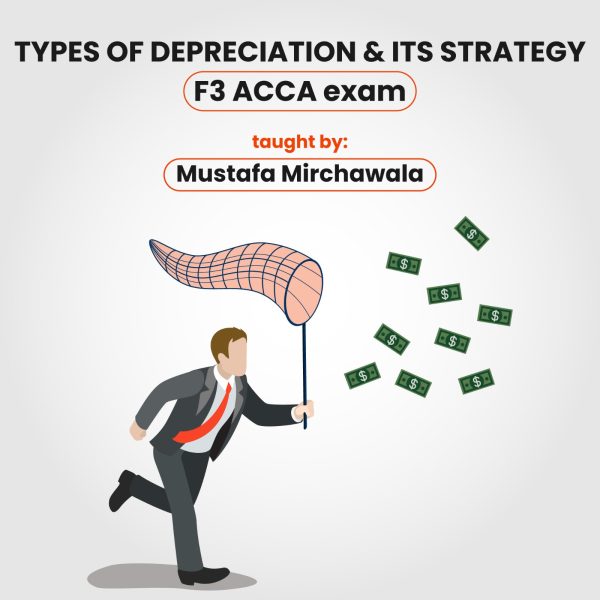
IAS 16 requires that depreciation should be recognized as an expense in the statement of profit or loss unless it is permitted to be included in the carrying amount of another asset. – ACCA Global
DEPRECIATION IN ACCOUNTING:
Depreciation is a non-cash business expense. Even though the complete cash expenditure may be made at once when an asset is acquired, the expense is documented in stages for financial reporting needs. This is so because assets benefit the business over a long period of time. The matching principle under generally accepted accounting principles (GAAP) is an accrual accounting concept which dictates that expenses must be allocated to the same time period during which the corresponding revenue is earned. After the old asset depreciates and turns into scrap, the depreciation value can be utilized to buy new equipment. Additionally, although being a non-cash expenditure, it is seen as a business expense.
If you were using the cash method of accounting, you would expense the entire cost of your asset straight to your income statement as soon as you hand over the cash but when you are using the accrual method of accounting you’d capitalize it instead.
CAPITALIZATION: It is the process of recording a cost as a fixed asset in the balance sheet rather than an expense in the income statement.
So you take up your asset cost and hold it in your balance sheet then over the next 10 years you gradually write it off releasing it as an expense to your income statement
As depreciation doesn’t involve any financial outflow, this expenditure is added to the accumulative depreciation when it comes to accounting. The whole amount of depreciation recorded on an asset up until a certain date is referred to as accumulated depreciation.
ACCUMULATED DEPRECIATION: It is a contra-asset account, which means that its natural balance is a credit that lowers the value of all of its assets. Any asset’s accumulated depreciation is the total amount of depreciation it has experienced up to that point in its life.
Erosion, dust, and decay cause wear and tear while the asset is used. The item cannot be kept in its original shape and quality even with careful care and vigilance. Depreciation expenditure is therefore used to account for wear and tear. Businesses depreciate their assets because the technology used in the machine may become outdated or the asset may become obsolete due to accident. It is a crucial component of accounting that makes it possible for businesses to record the current book value of physical assets. The proceeds can also be utilized in the future to buy a new asset such as machinery or equipment as they are expensive.
There are several different methods of depreciation. Of these, two are most commonly used.
- The straight line method
- The reducing balance method (Declining Method)
Let us now understand some terminologies used in these methods:
- Fixed Asset Cost: It is the price at which the company purchases a physical asset.
- Useful Life: It is the expected number of years that an asset will continue to be effective and productive.
- Depreciation Rate: It is the percentage of the fixed asset’s cost that is charged as depreciation.
- Scrap value/ salvage value: It is the estimated resale value of an asset at the end of its useful life.
- Net book value: The NBV of an asset is its historical cost minus all accumulated depreciation.
Straight Line Method:
This is the simplest method of calculating used most of the time. In SLM, a constant depreciation amount is charged every year. Companies must first determine the salvage (scrap) value. The salvage value is the cost that the corporation expects to recover when the machine has reached the end of its useful life. The value obtained is divided by the useful life of the fixed assets after this residual value has been subtracted from the cost of the fixed asset.
Straight-Line Method Formula:
For instance, let’s say you want to spend $10,000 on a laptop. You predict a 2-year lifetime and a $5,000 scrap value based on prior experience.
Based on these assumptions the depreciable amount is $5,000 ($10,000-$5,000 scrap value).
The annual depreciation using the straight-line method is calculated by dividing the depreciable amount by the total number of years. In this case, it amounts to $2,500 per year ($5,000 ÷ 2). This results in depreciation rate of 50% ($2,500 ÷ $5,000)
Example:
XYZ Co. purchased a machine for $50,000. The supervisor believes it will last for 10 years with a scrap value of $2,000. Find out the depreciated expense for each year using the straight-line method with profit and loss and Statement of financial position extract for the 5th year.
Given:
Machine cost: $50,000
Scrap value: $2,000
Useful life: 10 years
Solution
Depreciation = (cost of fixed asset – scrap value) ÷ useful life of fixed asset
Depreciation = $50,000 – $2,000
= $48,000 ÷ 10
= $4,800 /annum
NBV= cost – accumulated depreciation
$50,000 – ($4,800 x 5)
= $26,000
We shall multiply the depreciated amount by 5 to obtain the depreciation amount for 5 years.
Since the income statement is for the entire year, the depreciation amount for each year will be reported as in this case, $4800.
The statement of financial position is created on a certain date, often at the conclusion of the financial year, and in the SOFP, NBV is reported as in this instance $26,000 will be reported.
The straight line method of depreciation is a fair allocation of the total depreciable amount between the different accounting periods, provided that it is reasonable to assume that the business enjoys equal benefits from the use of the asset in every period throughout its life.
DECLINING BALANCE METHOD:
According to this technique, the depreciated percentage is charged on the net book value of a fixed asset. After taking into account the total depreciation charged over the past years, the fixed asset cost is reduced to its netbook value. Thus, the depreciable value diminishes every year, and so does the depreciated expense.
For example, an asset with a useful life of five years would have a reciprocal value of 1÷5, or 20%. Note that no scrap value is deducted initially to calculate a depreciable amount of the asset, because the percentage chosen by the business will already have taken into account this estimated scrap value.
For the same example of straight line method above, what will be the depreciating expense if the company charges 20% per annum? Using the declining balance method.
Given:
Depreciating Rate = 20%
Solution:
Cost = $50,000
Depreciation year 1 @ 20% = ($10,000)
NBV = $40,000
Depreciation year 2 @ 20% = ($8,000)
NBV = $32,000
Depreciation year 3 @ 20% = ($6,400)
NBV = $25,600
Depreciation year 4 @ 20% = ($5,120)
NBV = $20,480
Depreciation year 5 @ 20% = ($4,096)
NBV = $16,384
Here the amount $4,096 will be reported in the income statement for the 5th year and NBV of $16,384 will be reported in the SOFP.
Depreciating assets significantly impacts the Income Statement (P&L) and Balance Sheet (SOFP).
You should be able to see that with the reducing balance method, the annual charge for depreciation is higher in the earlier years of the asset’s life, and lower in the later years. In the example above, the annual charges for years 1, 2, 3, 4 and 5 are $10,000, $8,000, $6,400, $5,120 and $4,096 respectively.
The reducing balance method might be used when it is considered fair to allocate a greater proportion of the total depreciable amount to the earlier years and lower amount in layer years, on the assumption that the benefits obtained by the business from using the asset decline over time.
POLICIES FOR DEPRECIATION:
- Yearly basis: In yearly basis we record full depreciation in the year of purchase but none in the year of sale.
- Monthly basis: In monthly basis also known as proportionate basis or usage basis we record depreciation for the months we have used only.
HOW TO RECORD DEPRECIATION USING JOURNAL ENTRIES?
A journal entry is a record of a financial transaction and to help us figure these out we’ll use DEALER.
DEALER is an accounting acronym that stands for :
Dividends
Expenses
Assets
Liability
Equity
Revenue
The upper half side DEA represent normal debit accounts which means the increase when debited and decrease when credited. The lower half side LER are normal credit accounts these do the opposite they increase when credited and decrease when debited.
HOW TO CAPITALIZE AN ASSET PURCHASE?
Let’s suppose at start of year one you bought a machine for $8,000, we know that cash needs to go down by $8,000. Cash is an asset which means that debits increase it and credits decrease it so we will credit the cash account and debit the Machine account. Thus, the entry will be
DEBIT Machine account $8,000
CREDIT Cash account $8,000
During year 1 you write off $800 as depreciation expense to your income statement. Expenses have debit nature so we will debit depreciation expense account by $800 and now we are going to credit an account called Accumulated Depreciation by $800.
Accumulated depreciation: It’s a contra asset account and is the cumulative total of all dep expense incurred.
Contra asset: It’s a normal credit account which contrasts or runs against the flow of normal assets.
Thus, the entry will be:
DEBIT Depreciation expense $800
CREDIT Accumulated depreciation $800
THE DISPOSAL OF NON-CURRENT ASSET:
Depending on whether the non-current asset (NCA) has value or not, a corporation can dispose of an NCA in one of three ways when it no longer needs it. When an NCA is worthless, it will be disposed of, and this disposal may occasionally incur costs. A NCA will either be sold or traded in for another asset, often a newer model, if it still has worth.
The difference between the sale price of the asset and the net book value of the asset at the time of sale is the profit or loss on disposal of non-current assets.
Every time a company sells something, it will either earn a profit or a loss. These profits or losses are noted as follows in the business’s statement of profit or loss as ‘profit on disposal of non-current assets’ or ‘loss on disposal.’
When an asset is sold, the company is required to take into account the asset’s depreciation up to that point. In order to verify that the depreciation entry is current, the company may first be obliged to record one before selling the asset.
The firm must next ascertain if an asset has been sold for more, less, or at book value after first making sure that its carrying amount is up to date. This is established by comparing the asset’s carrying value with any associated sale revenues. Gain on disposal is recognized when the proceeds are higher than the carrying value. A loss on disposal is recognized when the carrying amount is higher than the sales price. The fact that a non-current asset may be sold for more or less than its recorded book value (i.e., carrying amount) may result in a gain or loss that has to be recognized is a significant lesson from this.
The third and final step is to prepare the journal entry that decreases the asset account and its related accumulated depreciation. If the asset is sold and cash is received, the journal entry must also record the increase in cash.
Any gain on disposal must be recorded as follows:
DEBIT Cash (received from sale)
DEBIT Accumulated Depreciation
CREDIT Gain on disposal
CREDIT Non-Current Asset
And loss on disposal will be recorded as:
DEBIT Cash (received from sale)
DEBIT Accumulated Depreciation
DEBIT Loss on disposal
CREDIT Non-current asset
The management of non-current/fixed assets can be quite a challenge for any business, from sole proprietorships to global corporations. Not only do businesses need to track their asset purchases, depreciation, sales, disposals, and capital expenditures, they also need to be able to generate a variety of reports.
The systematic allocation of the depreciable amount of an asset over its useful life
Frequently Asked Questions (FAQ’s):
Q1. Is land eligible for depreciation?
Ans. Buildings and structures can be depreciated, but land is not eligible for depreciation.
Q2. How Does Depreciation Differ from Amortization?
Ans. Depreciation refers only to physical assets or property. Amortization is an accounting term that essentially depreciates intangible assets such as intellectual property or loan interest over time.
Q3. What is the difference between depreciation expense and accumulated depreciation?
Ans. The basic difference between depreciation expense and accumulated depreciation lies in the fact that one appears as an expense on the income statement while the other is a contra asset reported on the balance sheet.
Q4. What does depreciation measure?
Ans. Depreciation is the allocation of the depreciable amount of an asset over its estimated useful life.
Q5. What is an asset’s carrying amount?
Ans. The carrying amount is the value (usually cost) of the asset less accumulated depreciation to date.
Written by Tazmeen Shahid student of Mirchawala’s Hub Of Accountancy
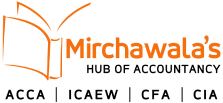
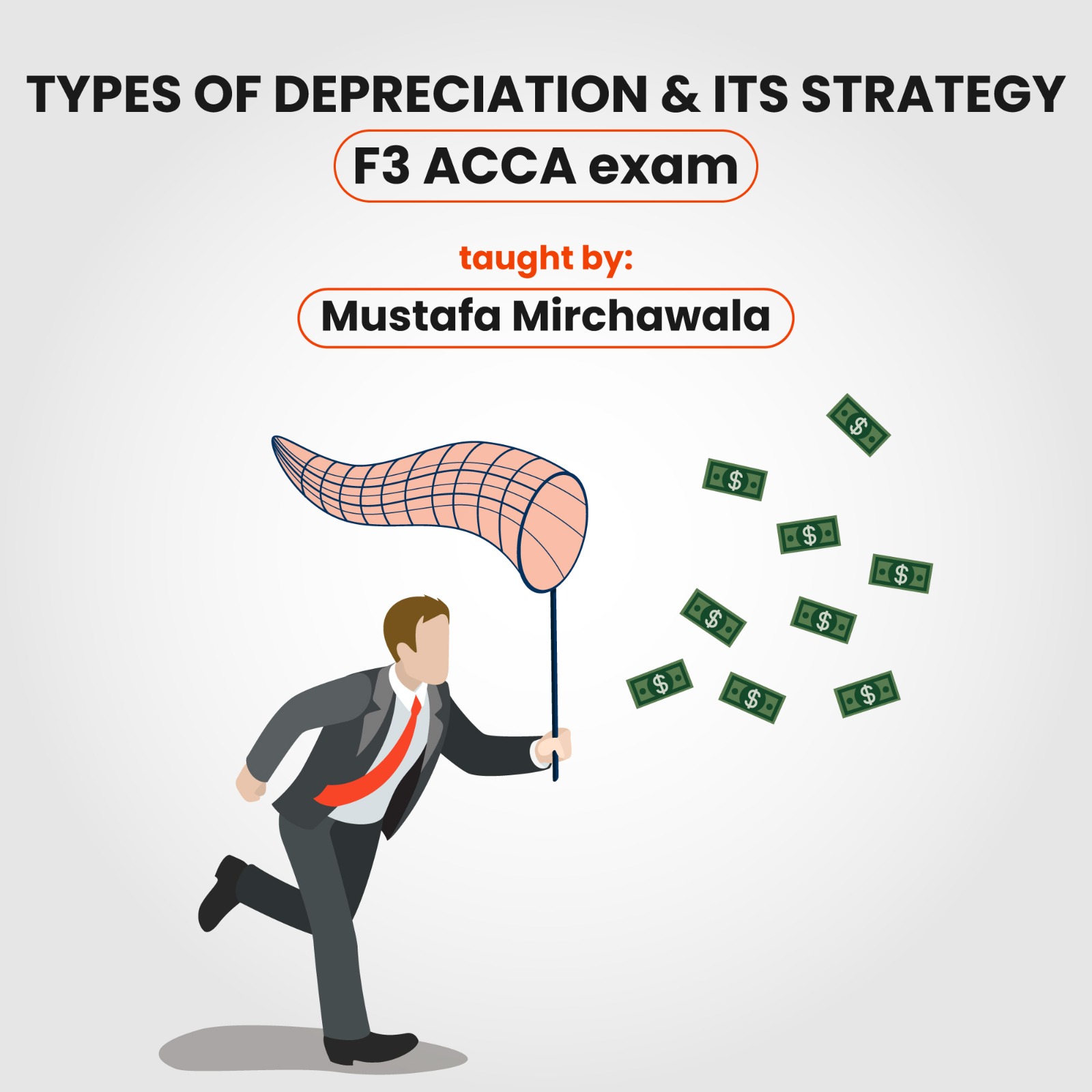
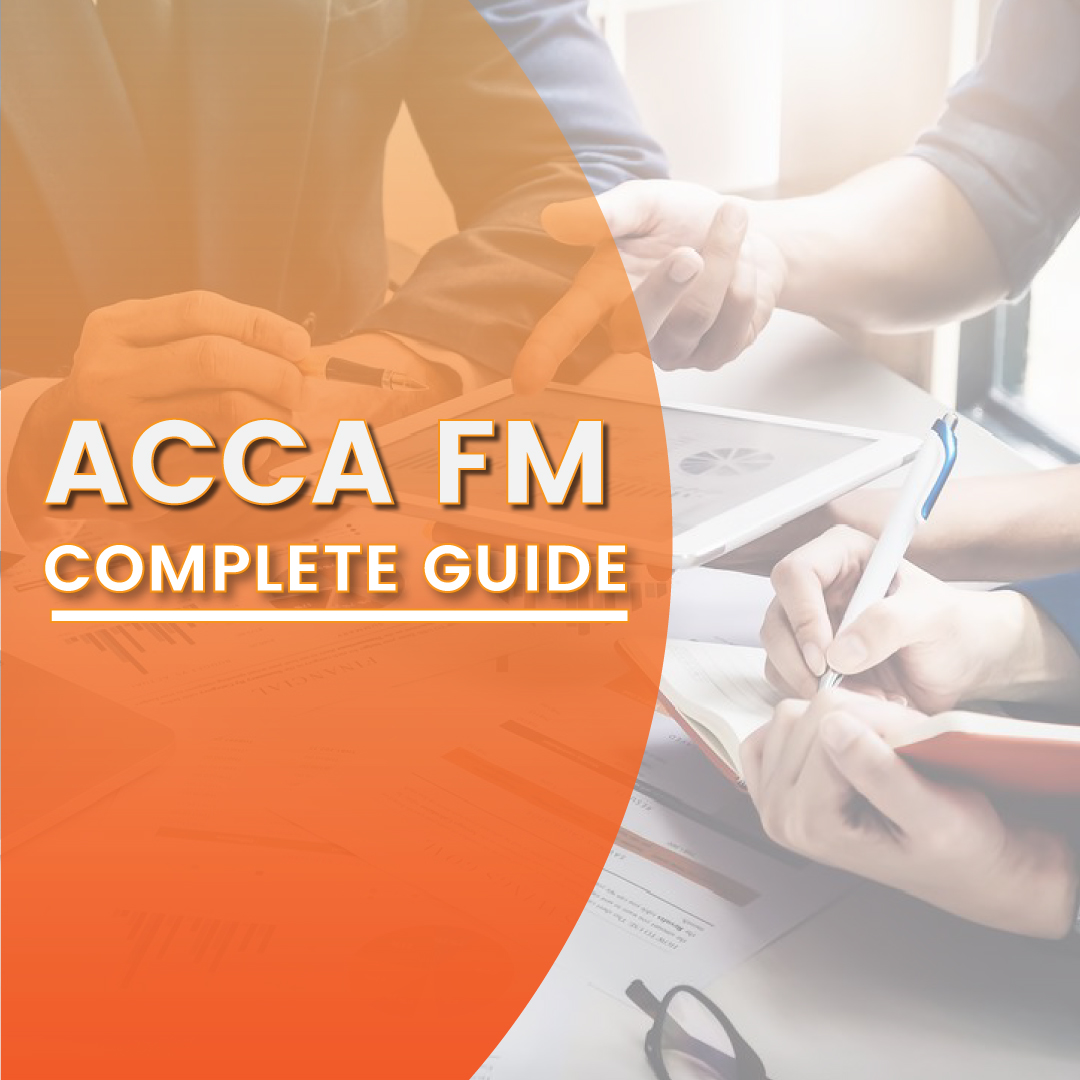
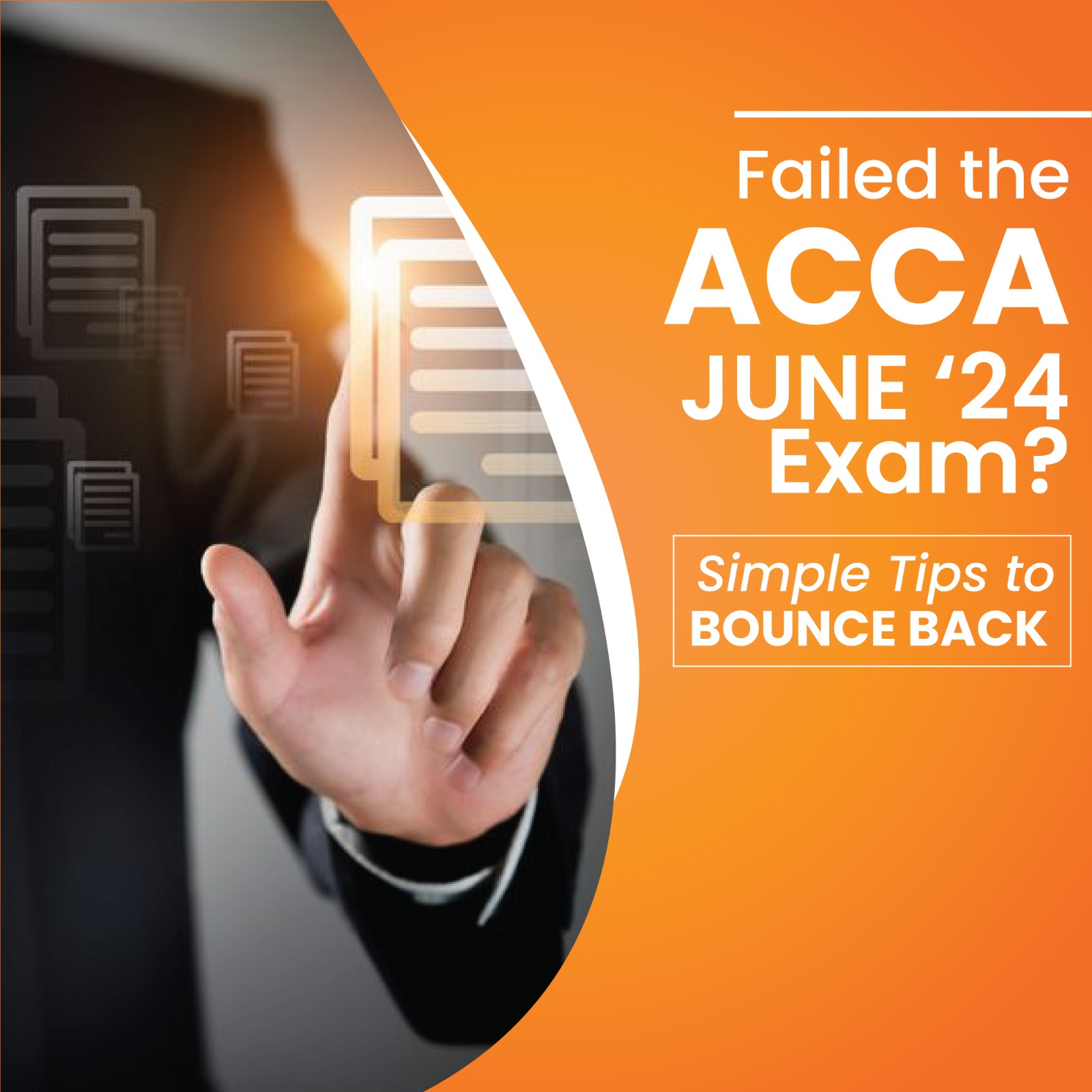







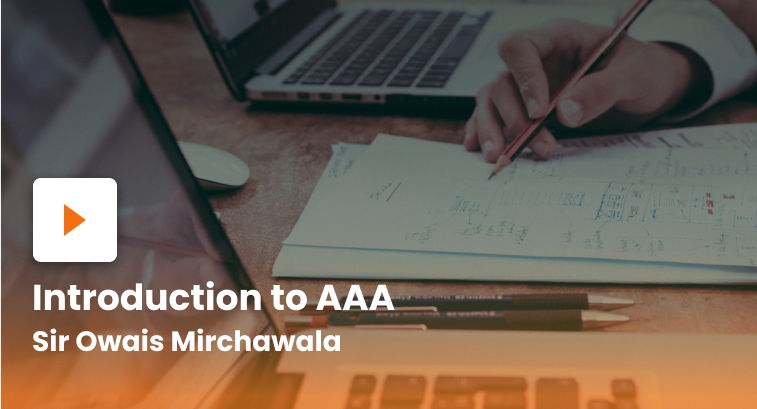
[…] and development symbolize the bedrock of growth and success Read more September 28, […]
Comments are closed.